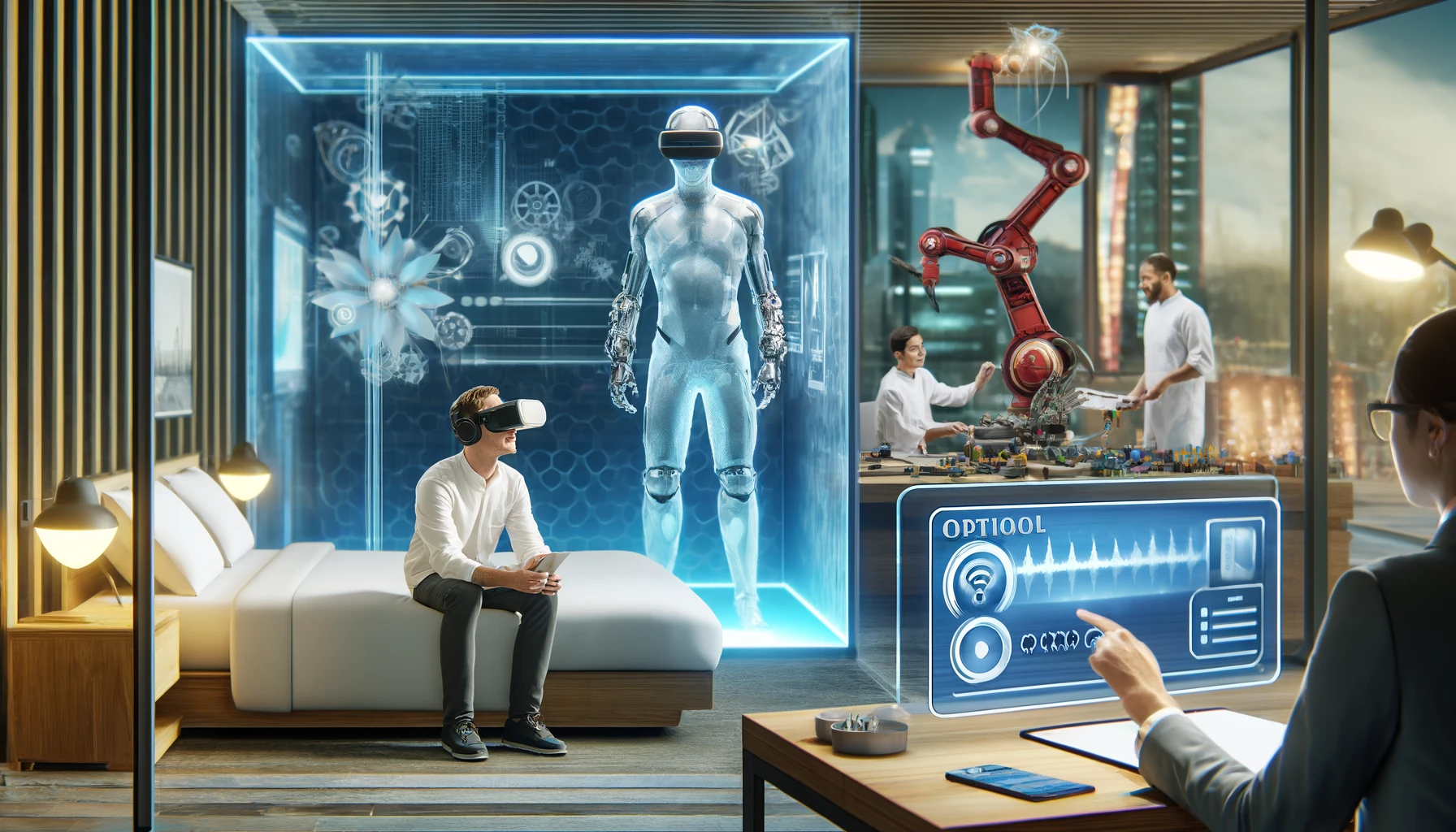Introduction to Successful Implementations
Understanding the intricacies of successful project implementations is crucial for businesses aiming to optimize their operations and services. This comprehensive exploration delves into several Successful implementations case studies across a spectrum of industries, highlighting the unique challenges and strategies that led to their success. By examining these real-world examples, organizations can glean valuable insights to inform their own commercial video programming solutions and other project endeavors.
The hospitality, gaming, automotive, and private office sectors have all seen remarkable transformations through effective implementations. Each case study presented here offers a narrative that not only showcases the results but also the process and decision-making that guided these projects to fruition. As we navigate through these stories, we will uncover the common threads and distinctive approaches that have defined their success.
By analyzing these case studies, we aim to provide actionable advice and best practices that can be applied to similar projects. Whether it’s integrating state-of-the-art technology, streamlining internal processes, or enhancing customer experiences, the lessons learned here are invaluable. So, let us embark on this journey of discovery and see what it truly takes to implement successful projects across various industry landscapes.
Case Study 1: Revolutionizing Hospitality with Video Programming
The hospitality industry thrives on providing guests with exceptional experiences. In this case study, we examine how a leading hotel chain implemented a cutting-edge commercial video programming solution to enhance guest engagement and satisfaction. The project’s goal was to create a personalized and immersive in-room experience for each guest, leveraging advanced technology and content curation.
The hotel faced several challenges, including the integration of the new system with existing infrastructure and ensuring a seamless user experience. The strategy involved meticulous planning and collaboration with technology providers to develop a platform that was both intuitive and feature-rich. The outcome was a significant increase in guest satisfaction scores and a notable rise in return visits, proving the investment’s worth.
Key to this success was the hotel’s commitment to understanding their guests’ preferences and the willingness to invest in technology that could deliver on those expectations. The case study also highlights the importance of staff training and change management to ensure the new system was embraced and utilized effectively.
Case Study 2: Gaming Industry’s Bet on Enhanced User Experience
The gaming industry is no stranger to innovation, and in this case study, we explore how a major gaming company implemented a new platform to provide a more engaging and interactive user experience. The challenge lay in creating a system that could handle the massive influx of data and user interactions without compromising performance.
The strategy involved leveraging cloud-based solutions and real-time data analytics to manage the load and provide a smooth gaming experience. The company also focused on creating a community around their platform, encouraging user-generated content and social interactions. The result was a platform that not only retained its user base but also attracted new players, contributing to the company’s growth.
This case study emphasizes the importance of scalability and community building in the gaming industry. It also showcases how the implementation of advanced technologies can lead to a competitive edge in a rapidly evolving market.
Case Study 3: Automotive Industry’s Drive Towards Digitalization
In the automotive sector, staying ahead of the curve with digitalization is key to success. This case study details how an automobile manufacturer embraced digital tools to streamline their production process and improve product quality. The company faced the challenge of modernizing their legacy systems without disrupting ongoing operations.
The strategy was to adopt a phased approach, gradually implementing digital solutions such as IoT devices and AI-driven analytics. The company also invested in upskilling their workforce to adapt to the new technologies. The outcome was a more efficient production line, reduced waste, and a significant improvement in the quality control process.
This case study illustrates the transformative power of digitalization in manufacturing. It also underscores the need for a strategic approach to technology adoption and the value of investing in human capital.
Case Study 4: Private Offices Embrace Smart Technology
Private offices and coworking spaces are increasingly turning to smart technology to optimize their operations and enhance the user experience. This case study focuses on a private office provider that implemented a smart office system to manage resources more effectively and provide a better environment for its clients.
The challenges included ensuring the interoperability of various smart devices and maintaining data security. The provider adopted a comprehensive smart office platform that allowed for centralized control of lighting, heating, and booking systems. The result was not only a reduction in operational costs but also an increase in client satisfaction and retention.
This case study demonstrates the potential of smart technology in the office space and the importance of a user-centric approach to implementation. It also highlights the benefits of an integrated system for resource management and sustainability.
Key Takeaways
These Successful implementations case studies provide a wealth of knowledge for businesses looking to undertake similar projects. The common themes across all industries include the need for thorough planning, collaboration with technology partners, a focus on user experience, and the willingness to invest in both technology and people. By learning from these case studies, organizations can better prepare for their own implementation challenges and increase their chances of success.
As we have seen, successful implementations require more than just cutting-edge technology; they necessitate a holistic approach that considers all aspects of the project, from infrastructure to human factors. The case studies presented here serve as a testament to the power of strategic implementation and its ability to drive innovation and growth across various industries.








